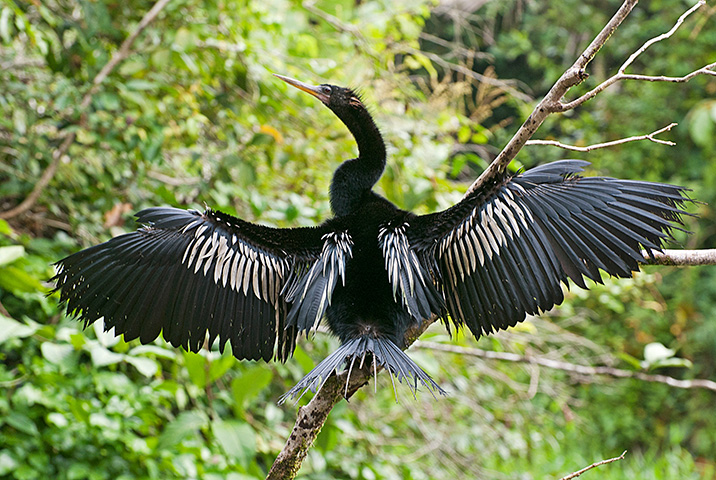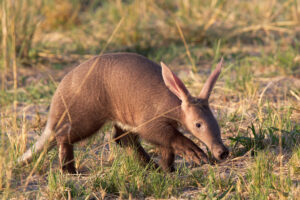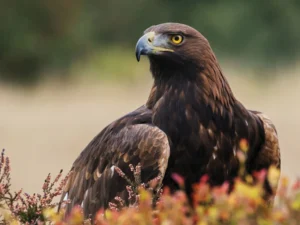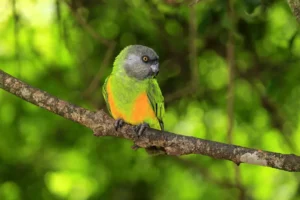Among the fascinating avian species on our planet, the Snakebird, also known as the Anhinga or Darter, stands out as a remarkable blend of elegance and stealth. With its elongated neck and sharp beak, it exhibits a serpentine grace while swimming, which is precisely how it earned the moniker “Snakebird.”
Appearance and Behavior
The most impressive characteristic of the Snakebird is its slender, flexible neck that undulates like a snake gliding through the water. Its sleek, dark body often reflects shades of black, brown, and metallic green. While swimming, the majority of its body remains beneath the surface, revealing only its neck and head, creating an otherworldly, snake-like silhouette.
Unlike ducks or herons, Snakebirds lack waterproof feathers. This unique trait enables them to dive with ease and glide silently underwater while hunting. However, it also means they must spend time spreading their wings in the sun to dry off and all too familiar scene around lakes and rivers.
Habitat
Typically, Snakebirds thrive in warm freshwater habitats, such as lakes, swamps, and slow-moving rivers. They favor areas rich in vegetation and shallow waters, perfect for executing stealthy fish ambushes. Their range extends across South America, Africa, Asia, and the southern parts of the United States, where they flourish in tropical and subtropical climates.
Diet and Hunting Technique
As exceptional underwater hunters, Snakebirds utilize their long necks like spears, striking swiftly at fish and small aquatic creatures. After capturing their prey, they flip the fish into the air and consume it whole, headfirst!
Employing stealth over speed, these birds swim leisurely beneath the surface, camouflaged by their dark plumage, making them nearly invisible to unsuspecting prey.
Breeding and Nesting
Snakebirds construct their nests in trees or shrubs close to water, often in colonies alongside herons and cormorants. The female typically lays 3–5 pale blue eggs, with both parents taking turns incubating and feeding their young. The chicks hatch covered in soft down feathers and rely on their parents for warmth and nourishment until they’re strong enough to swim and dive independently.
Fun Facts
The scientific name for the Snakebird is “Anhinga anhinga”.
It can remain submerged for up to 2 minutes while hunting.
Due to its soaked feathers, it tends to sink, allowing it to stalk its prey stealthily.
Often confused with cormorants, the Snakebird can be distinguished by its longer neck and pointed bill.
Conservation Status
Thankfully, the Snakebird is not currently listed as endangered. However, threats such as habitat loss and water pollution pose risks to certain local populations. Ongoing conservation efforts aimed at protecting wetlands and freshwater ecosystems are essential to ensure the survival of this graceful predator.
Conservation Status
Thankfully, the Snakebird is not currently listed as endangered. However, threats such as habitat loss and water pollution pose risks to certain local populations. Ongoing conservation efforts aimed at protecting wetlands and freshwater ecosystems are essential to ensure the survival of this graceful predator.
Conclusion
The Snakebird truly showcases the wonders of nature, embodying a unique blend of snake-like agility and avian grace that allows it to thrive in aquatic environments. Its elegance and enigma make it one of the most captivating birds to observe in their natural habitat.









